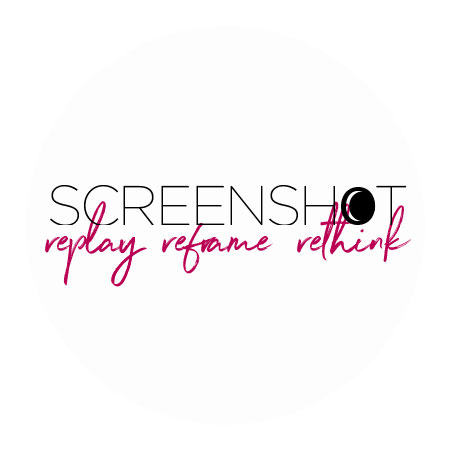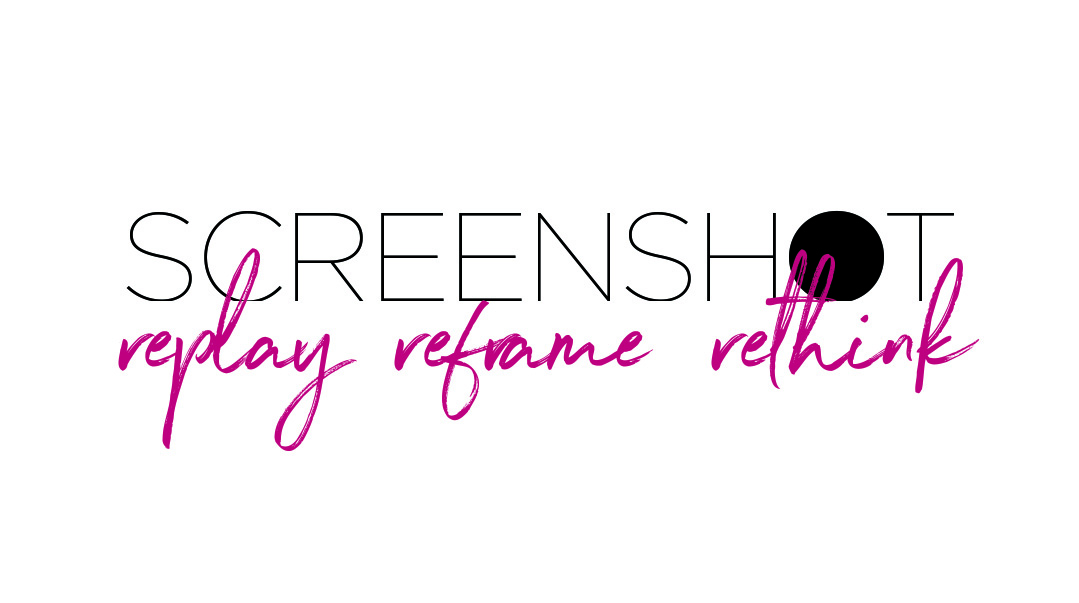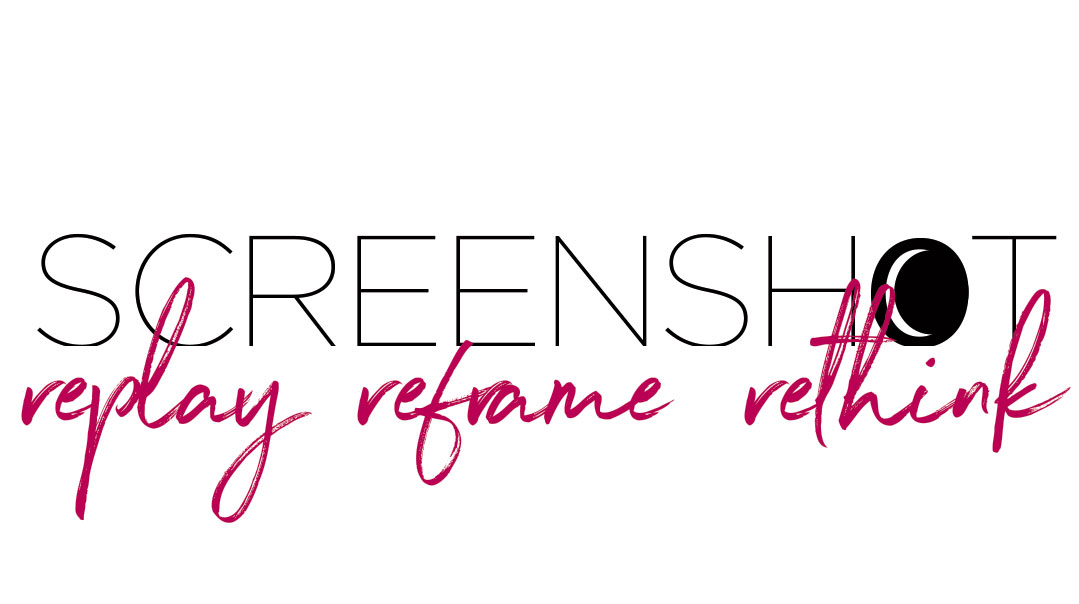A Good-Looking Read

If you want to reach everyone, you have to think about them all
Here’s a question I sometimes throw at our writers: What’s the difference between newspaper and magazine writing? Or, put differently, what unique opportunities do you have if you’re writing for a magazine?
There are lots of answers, which can (and do) fill lots of panel sessions. One of my favorite responses is that a full-color magazine isn’t about straight text; it’s more of a visual experience that relies on an interplay of text and visuals.
Of course the text is the most important commodity. The unspoken request of every reader is still “give me something to read, and make sure it’s fresh and different and compelling.” But an undertone to that demand is “give me a read that’s good looking, too.”
Earlier this year, I stood in a popular Boro Park grocery with a few other editors and asked the proprietor to walk us through that week’s magazine. Tell us what speaks to you, tell us what you skip, tell us what you’d never miss, we asked him. It was a quiet half-hour before the Thursday rush, so he obligingly opened up a magazine and began paging through it. One page, another page, another — he kept turning, then finally stopped. “This is the first thing I’d actually read,” he said. “You know why? It has a big, bright photo.”
Not every reader is like that grocer; lots of readers will dive into an opinion piece even if it’s just tightly packed text. And our Inbox probably gets the most readers, even when it has not a single photo to speak of.
But a page of text sans any visuals has an intimidating feel. Just as a smart balabusta knows part of the culinary experience is how the plate looks, a smart editor has to think about how the page looks.
Over the years that we’ve spent observing and developing this interplay of text and visuals, we’ve learned that there are many types of readers and many attitudes toward text.
One of the most interesting views: text is a visual element of a certain shape, size, and color that needs to be placed within the bigger balance of an article. This is a very extreme take — it completely discounts what the text says — but it exists. Sometimes a graphic designer will view a title as a purely visual element. What size and shape are the words? Is there a letter that extends higher or lower than the others, or a word that’s much chunkier, longer, bigger?
Once, a graphic artist asked if we could just chop a word out of the title — it was too long and didn’t look right. Never mind that the remaining text wouldn’t make sense. Our art director, Mr. Menachem Weinreb, begs us not to give him titles starting with a lone “A” because the letter just dangles, unanchored to any other text, and it’s hard to make it look right.
Most readers, though, aren’t so closely focused on the art of the page. If you’re more of a literary person you’re likely drawn in by the title, and you evaluate it for its power and pithiness. Does it capture the spirit and tone of the piece? Does it possess some freshness and flair, and does it avoid clichés like “life and legacy” or “flickering flames”?
If you’re an auditory processor you sound out the words and listen to the rhythm: Does it have a flow, a zing, alliteration? Is there a variety of sentence lengths and styles? The sound of the words is crucial if you’re writing dialogue in a story, but it’s important for titles and leads too. Not everyone reads with their eyes; lots of people read with their ears.
Bottom line, if you want to reach everyone, you have to think about them all. Yes, it’s just a collection of words, photos, fonts, and colors — but it has the potential to come together in a magical way. And the magic only happens when the people concocting the potion appreciate how it reads, how it sounds, and how it looks.
(Originally featured in Mishpacha, Issue 825)

Oops! We could not locate your form.


